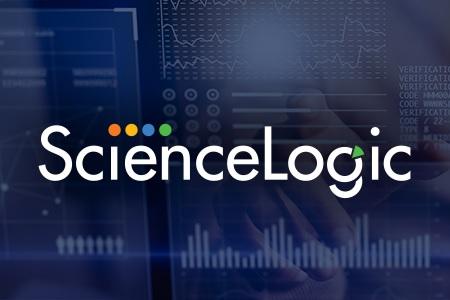Manage Virtual Assistants: 3 Best Practices for Using VAs
As remote work and digital collaboration become increasingly prevalent, businesses are turning to virtual assistants (VAs) to streamline operations, reduce overhead costs, and boost productivity. Virtual assistants can handle a wide range of tasks, from administrative duties to specialized project support. However, effectively managing VAs requires intentional planning, the right tools, and clear communication to ensure tasks are completed on time and align with business goals.











